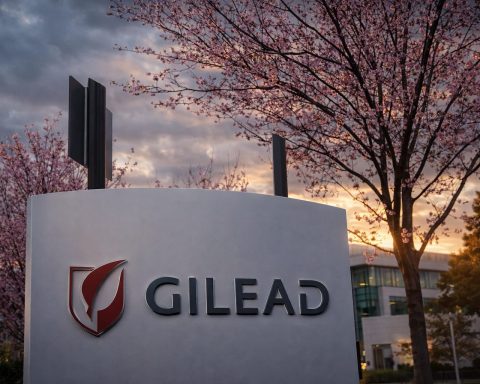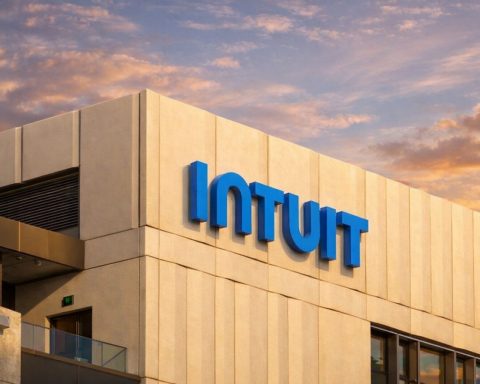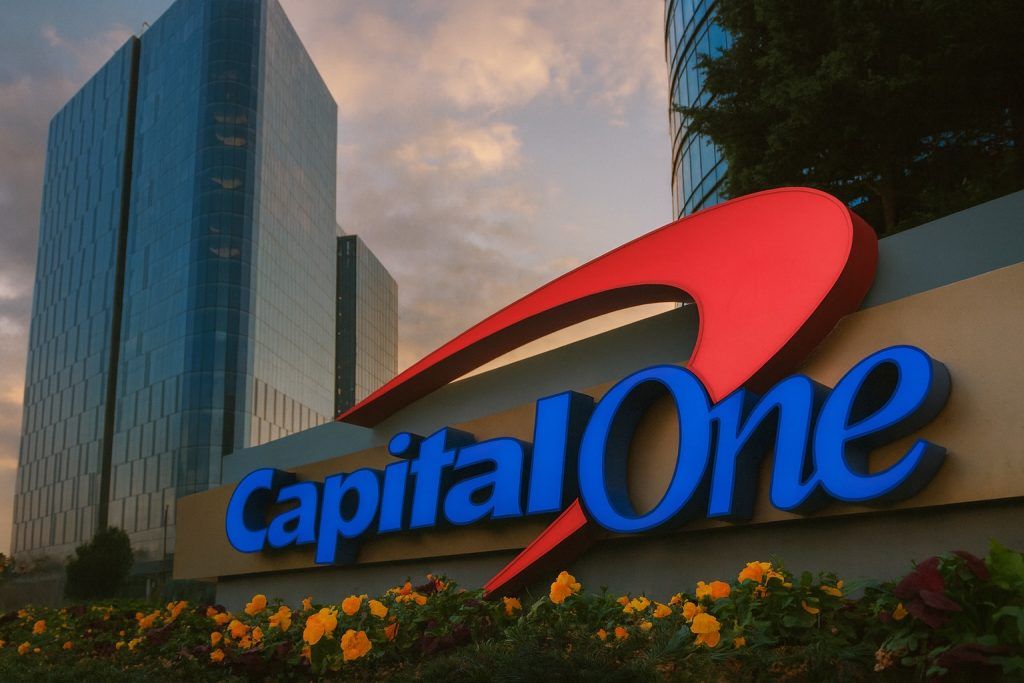- Six Flags shares jumped ~20% on Oct.21 after Jana Partners (9% stake) announced a campaign – joined by NFL star Travis Kelce – to revitalize the theme park operator [1] [2]. Land & Buildings (2% stake) is also pushing for a real-estate spin-off.
- The rally came as Six Flags (NYSE: FUN) confirmed recent governance changes: Sachem Head partner Jonathan Brudnick has joined the board (now 13 members) [3], and CEO Richard Zimmerman will retire by end-2025 [4] amid integration of last year’s Cedar Fair merger.
- Financially, Six Flags reported a weak Q2 (attendance and season-pass sales below expectations) [5], but saw a summer rebound and reaffirmed 2025 adjusted-EBITDA guidance of $860–910 million [6] [7]. Attendance for the nine weeks through Labor Day was up ~2% year-over-year [8].
- Analyst sentiment is mixed: consensus is a “Moderate Buy” with average price targets near $34 (range ~$25–$44) [9] [10]. Jefferies recently cut its 12-month target to $25, while Oppenheimer and Rosenblatt are near $40 [11] [12].
- Industry context: Six Flags’ merger with Cedar Fair (July 2024) created the largest North American regional-park operator (27 parks + 15 water parks) [13]. However, adverse weather and consumer caution hurt attendance in early 2025.
Activist Investors Fuel Stock Rally
Six Flags stock soared on Oct. 21, trading up to ~$26 intraday from Monday’s $21.77 close [14] [15] after news broke of a major activist campaign. Jana Partners, a New York hedge fund, disclosed a 9% stake in Six Flags and announced it is teaming up with Kansas City Chiefs star Travis Kelce to push the company to improve marketing and the guest experience [16] [17]. Mr. Kelce, who is famously engaged to pop star Taylor Swift and a self-described “lifelong Six Flags fan,” said he is excited to help “the next generation” of parkgoers [18]. Jana’s managing director Scott Ostfeld made the announcement at an investment summit Oct. 21, saying Kelce’s involvement “presents a unique opportunity to significantly boost park attendance” [19].
The market reacted sharply: shares spiked 17% on Tuesday (trading as high as ~$25.63) [20]. By mid-week, Six Flags was trading around $20.7–21 (as of Oct. 22) [21] [22] – still well below its mid-2024 highs (FUN traded over $50 in mid-2024). Despite the recent bounce, the stock remains down roughly 55–58% year-to-date [23] [24], reflecting tepid first-half results and merger integration challenges.
Other activist groups are also involved. Earlier this year hedge fund Sachem Head (now nearly a 10% owner) won a board seat for partner Jonathan Brudnick [25]. And Land & Buildings Investment (2% owner) has repeatedly urged Six Flags to spin off its real estate into a REIT. In 2023 Land & Buildings estimated the parks’ land might be worth “nearly $30 per share” if monetized [26]. (Six Flags rebuffed that in the merger, and Land & B even voted against the 2024 deal [27].) H Partners, another activist (13.6% owner), had supported the 2024 merger and has a board seat since early 2020 [28]. Overall, a broad cast of investors – from traditional funds to sports celebrities – is pushing Six Flags’ management and board for strategic changes.
Merger Backdrop and Leadership Shake-up
Last year’s “merger of equals” with Cedar Fair brought Six Flags and Cedar Fair under one roof (the new company kept the Six Flags name and ticker) [29] [30]. Cedar Fair shareholders own a slight majority of the combined company (about 51%) [31]. The merger gave Six Flags a portfolio of 27 amusement parks and 15 water parks across the U.S., Canada and Mexico – making it “the largest regional amusement-park operator in the Americas by number of parks” [32]. In 2023 their combined attendance would rank fifth globally [33].
But integration has been rocky. In the 15 months since merging, Six Flags has restructured heavily: firing park presidents company-wide, cutting full-time staff by over 10%, and even closing one park (Six Flags America in the DC area) [34]. The company is also planning new investments (for example, a big new Six Flags park in Saudi Arabia by 2025) [35], but these long-term plans have yet to move the needle. Former Cedar Fair CEO Matt Ouimet, now unaffiliated, bluntly assessed in October that “the company is troubled and has big decisions to make,” calling for further leadership changes [36].
Importantly, Six Flags’ CEO Richard Zimmerman (former Cedar Fair boss) announced in August 2025 that he will step down by year-end [37]. The board – led by Non-Executive Chairman Selim Bassoul – is already searching for Zimmerman’s replacement. In the meantime, the board added Jonathan Brudnick (Sachem Head) in mid-October [38], expanding its size to 13 (11 after two retire at year-end). Bassoul said Zimmerman “made significant progress” but agreed it was time to transition. These governance changes aim to appease activist investors and may yield further strategy shifts.
Q2 Results and Financial Outlook
Six Flags’ earnings have been under pressure. In its Aug. 6 Q2 report, management admitted that the start of 2025 “fell significantly short of our expectations” [39]. CEO Zimmerman cited a drop in attendance (fewer single-day tickets and season-pass sales), hurt by “poor weather and a challenged consumer” [40]. Legacy Six Flags parks saw flat to up attendance in spring, but many Cedar Fair parks (especially in the Midwest) saw attendance slip about 8% due to rain [41] [42]. The resulting net income was a modest profit, missing street expectations (a Bloomberg screen said EPS of $0.26 vs. $0.79 expected). Revenues did rise year-over-year (to $930 million in Q2) thanks to the merger, but profitability was squeezed.
However, Six Flags reported a summer rebound as weather improved. By late August, combined attendance over Labor Day weekend was up about 2% versus 2024 [43]. Zimmerman noted that July’s attendance was 4% higher than last year at large parks, and that advance sales for the 2026 season-pass program were “solid” [44]. The company said this “strong rebound in attendance” validates its strategy of investing in new rides and events [45] [46].
Six Flags reconfirmed its 2025 guidance given these factors. It reiterated (in September) full-year adjusted EBITDA guidance of $860–910 million [47]. This range assumes flat attendance in H2 relative to 2024, after absorbing a 500,000-visit cut for canceling some off-season events [48]. Management cautioned that the smaller season-pass base this year and macroeconomic uncertainty could limit upside, but said no changes to the guidance were warranted at the time. Notably, Zimmermann emphasized that “reducing leverage remains the company’s top priority,” and noted no near-term debt maturities or covenant concerns [49].
Analyst Views and Stock Targets
Wall Street’s view on FUN is divided. As of Oct. 21, about a “Moderate Buy” consensus prevailed, with 9 Buys, 3 Holds and 2 Sells across 14 analysts [50]. The average 12-month price target is in the low-$30s. For example, Oppenheimer (Sept. 2025) maintained a $40 target, implying ~50% upside [51]. Morgan Stanley and Citigroup have similar mid-$40 targets. In contrast, Jefferies just slashed its target to $25 (from $41) in August 2025 [52], reflecting the recent earnings lull.
In the options market, some traders are betting on a rebound. TS2.Tech noted on Oct. 16 that FUN stock (~$20.7) was near support around $20, with put options at the $20 strike implying a ~64% probability the stock stays above $20 by June 2026 [53]. Conversely, covered-call strategies at the $25 strike implied a large potential return (~25% if called) [54]. These technical trades underscore market expectations of volatility: FUN’s implied upside to $25 (15%+ from $21) but also significant downside risk if the rally fades.
Amusement Park Industry Landscape
Six Flags/Cedar Fair operates in a highly competitive entertainment sector. Its main rivals include Disney, Universal/Comcast, SeaWorld and regional operators like Six Flags itself. According to industry analysts, the combined FUN/CF parks system is the largest U.S. regional chain – bigger than any pre-merger – with annual attendance rivaling the world’s top theme parks [55]. After steep COVID losses in 2020–21, attendance at leisure parks has mostly rebounded, though growth has been uneven. Weather can swing results dramatically, and consumers remain wary of big discretionary spending.
On the bright side, global trends show pent-up demand: industry reports highlight that by 2023 “every region has approached or exceeded 2019 figures”. Many parks have succeeded in boosting per-capita spending (more rides, events and premium passes) while regaining market share. In this context, Six Flags’ new thrill rides and its upcoming Saudi park are long-term growth catalysts. But experts note that integration of big mergers often takes years. As one analysis put it, Six Flags has “built a global leader in family entertainment with bright prospects,” but only if it can translate scale into consistent profits [56] [57].
With nearly $2–2.6 billion market cap today [58] [59], Six Flags is a mid-cap stock that has underperformed its peers this year. It trades at a deeply discounted price relative to historical levels (around 20–30% of its 2021-22 highs). The recent activist buzz – combining Wall Street and a celebrity face – has injected new momentum, but analysts warn patience is needed. In the short term, FUN’s fate hinges on execution: can management deliver the promised attendance growth and cost savings? In the long term, the parks’ potential (thanks to beloved brands like Looney Tunes and DC Comics at Six Flags, plus Cedar Fair’s Peanuts) suggests upside if the integration succeeds.
Sources: Six Flags press releases and SEC filings; Reuters, BusinessWire, MarketBeat, TS2.tech, AECOM and IBISWorld industry reports, and public analyst research [60] [61] [62] [63]. All figures and commentary reflect information available by Oct. 21, 2025.
References
1. www.investing.com, 2. markets.chroniclejournal.com, 3. www.reuters.com, 4. www.businesswire.com, 5. www.businesswire.com, 6. www.businesswire.com, 7. www.businesswire.com, 8. www.businesswire.com, 9. www.marketbeat.com, 10. www.benzinga.com, 11. www.benzinga.com, 12. www.benzinga.com, 13. aecom.com, 14. www.marketbeat.com, 15. ts2.tech, 16. www.investing.com, 17. markets.chroniclejournal.com, 18. markets.chroniclejournal.com, 19. markets.chroniclejournal.com, 20. www.investing.com, 21. www.investing.com, 22. ts2.tech, 23. www.reuters.com, 24. www.investing.com, 25. www.reuters.com, 26. www.reuters.com, 27. www.reuters.com, 28. www.reuters.com, 29. aecom.com, 30. www.reuters.com, 31. www.reuters.com, 32. aecom.com, 33. aecom.com, 34. attractionsmagazine.com, 35. attractionsmagazine.com, 36. attractionsmagazine.com, 37. www.businesswire.com, 38. www.reuters.com, 39. www.businesswire.com, 40. www.businesswire.com, 41. www.businesswire.com, 42. www.businesswire.com, 43. www.businesswire.com, 44. www.businesswire.com, 45. www.businesswire.com, 46. www.businesswire.com, 47. www.businesswire.com, 48. www.businesswire.com, 49. www.businesswire.com, 50. www.marketbeat.com, 51. www.benzinga.com, 52. www.benzinga.com, 53. ts2.tech, 54. ts2.tech, 55. aecom.com, 56. www.businesswire.com, 57. www.businesswire.com, 58. www.investing.com, 59. www.reuters.com, 60. www.investing.com, 61. www.businesswire.com, 62. www.businesswire.com, 63. aecom.com







